We may earn money or products from the companies mentioned in this post. This means if you click on the link and purchase the item, I will receive a small commission at no extra cost to you ... you're just helping re-supply our family's travel fund.
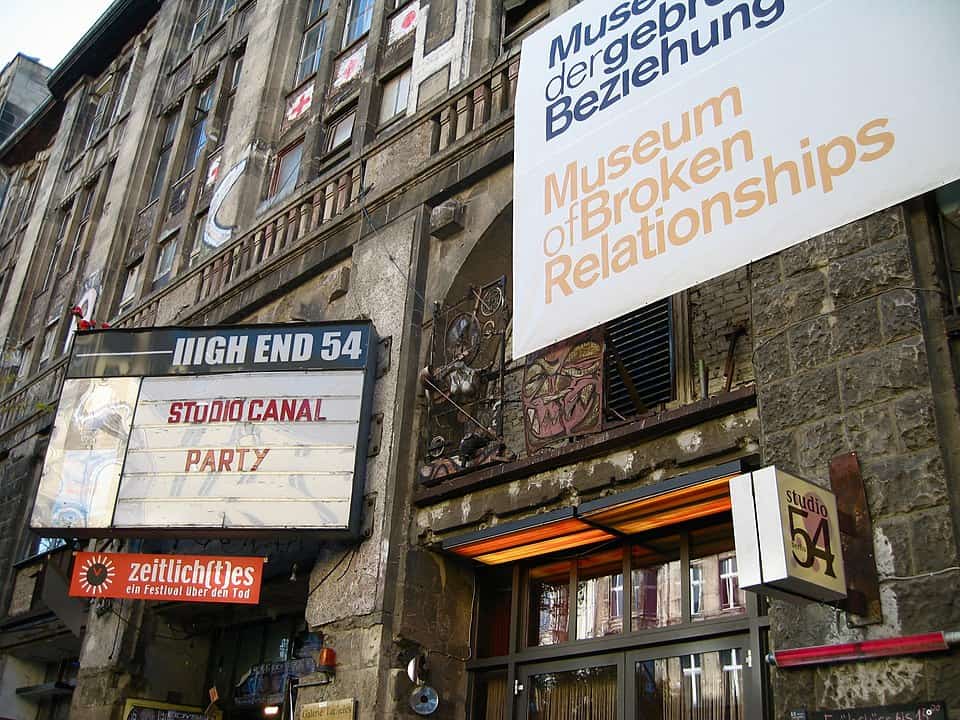
You fall for weird museums one exhibit at a time: a drawer of parasites, a gallery of heartbreak, a perfume of underground rivers. You step in curious and walk out oddly moved, with a story you cannot help retelling. Here’s the thing: these places aren’t jokes. They are mirrors for culture, science, and love, built with care by people who collect what the world overlooks. Go with an open mind, take your time, and let surprise do the rest. You leave with a grin, a fact, and a place to tell your friends about.
Museum of Broken Relationships, Zagreb, Croatia
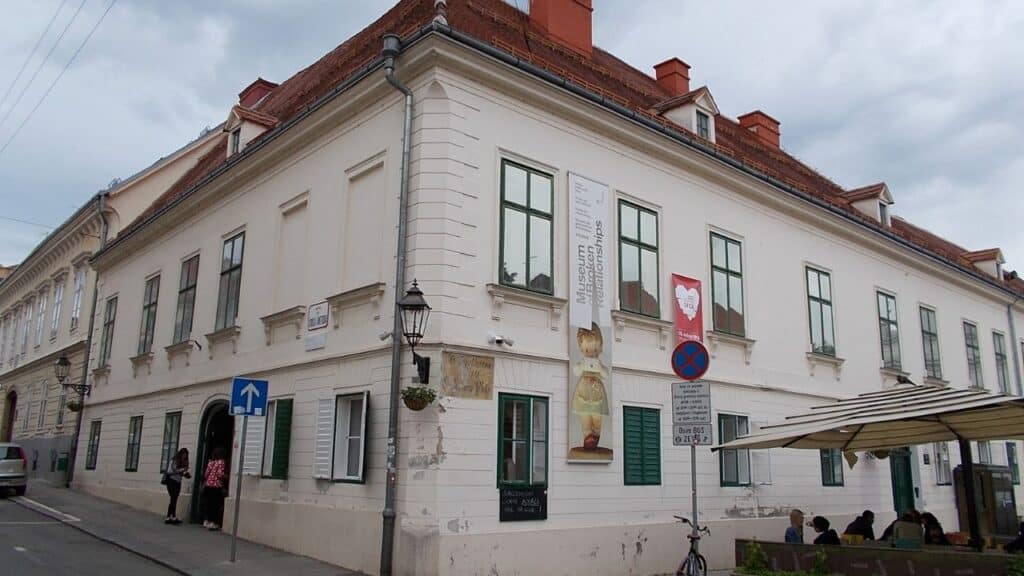
Born from a breakup and grown into a traveling archive, Zagreb’s Museum of Broken Relationships collects the objects left behind when love unravels. You read notes, touch the echoes of everyday things, and feel a sudden kinship with strangers who mailed in their stories. The exhibits range from funny to devastating, but the tone stays tender, not cruel. You leave with more empathy and a reminder that even small souvenirs can carry whole chapters of a life.
Meguro Parasitological Museum, Tokyo, Japan
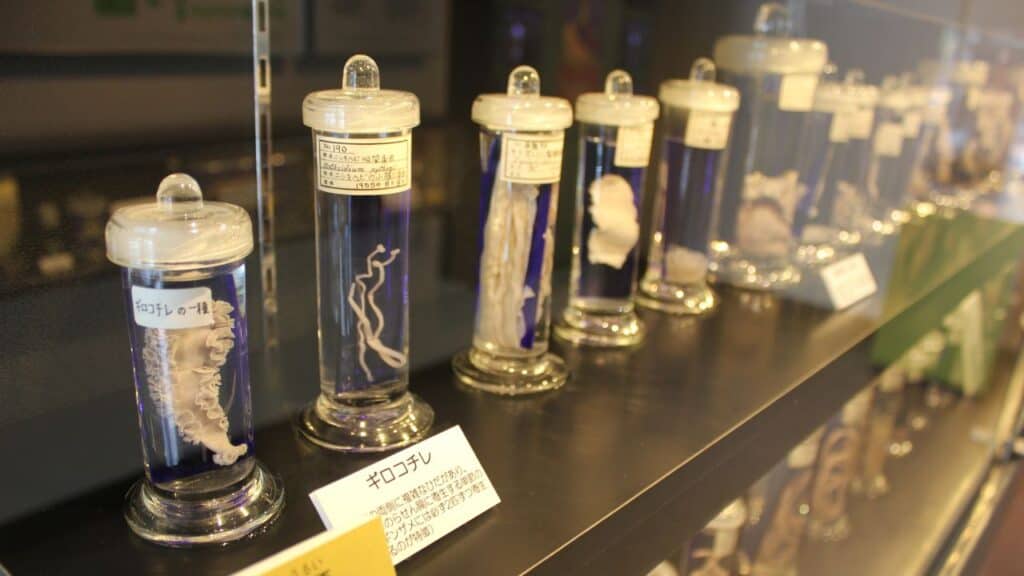
In Tokyo’s Meguro Parasitological Museum, science gets uncomfortably personal in the best way. Jars hold tapeworms that stretch like ribbons, while displays explain how hosts, habitats, and hygiene shape our lives. It is clinical, calm, and oddly absorbing. You start squeamish, then find yourself reading labels carefully and admiring the precision of the research. By the time you reach the famous 29 foot specimen, curiosity has outrun fear, replaced by awe.
Icelandic Phallological Museum, Reykjavik, Iceland
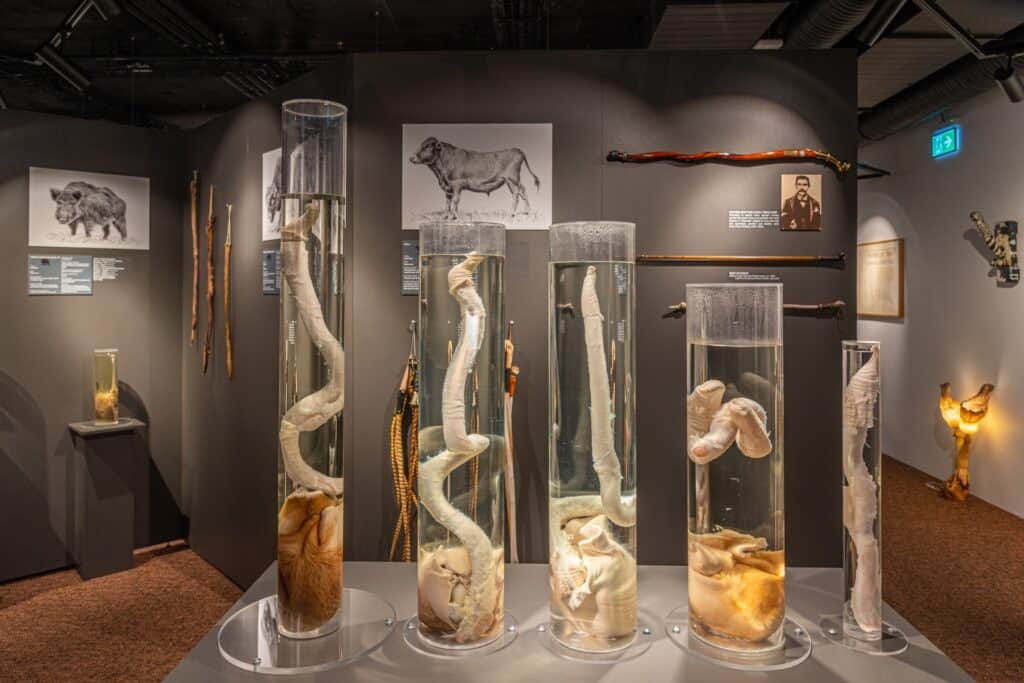
Reykjavik’s Icelandic Phallological Museum is exactly what the name promises and much more. Specimens from whales to tiny rodents line the walls with scientific notes and winking humor, breaking a taboo with clarity. The goal is taxonomy and education, not shock, and the result is strangely respectful. You learn about biology, folklore, and conservation while realizing how culture shapes what we consider display worthy. It is odd, yes, but also organized, thoughtful, and unexpectedly memorable.
Sulabh International Museum of Toilets, New Delhi, India
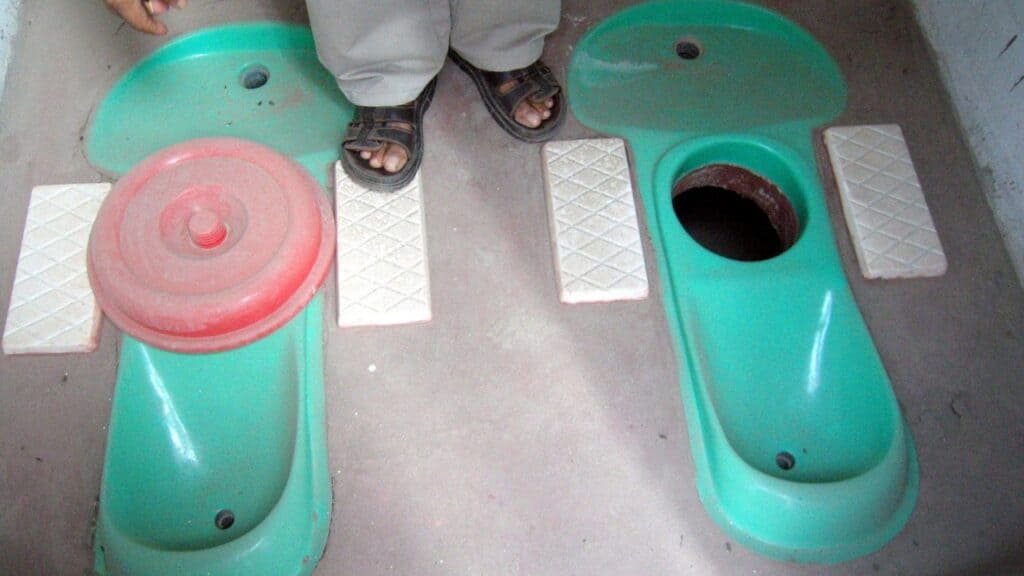
In New Delhi, the Sulabh International Museum of Toilets turns sanitation into a human story about dignity and design. Room by room, you trace how societies solved privacy, plumbing, and public health, from ornate commodes to simple innovations that changed survival rates. The humor is light, the message clear. Better toilets save lives. You walk out seeing infrastructure as a moral project, and you will not look at a restroom sign quite the same way again.
Museo Subacuático de Arte (MUSA), Cancún and Isla Mujeres, Mexico

Off Cancún and Isla Mujeres, the underwater museum MUSA sinks hundreds of sculptures to grow coral and move divers away from fragile reefs. You drop into blue water and drift past human figures slowly wearing the sea, fish threading arms and faces like streets. Art, ecology, and tourism meet at depth where silence makes the message plain. Reefs recover when we give them room. It is haunting, beautiful, and a reminder that museums can live where waves decide the hours.
Museum of Bad Art, Greater Boston, USA
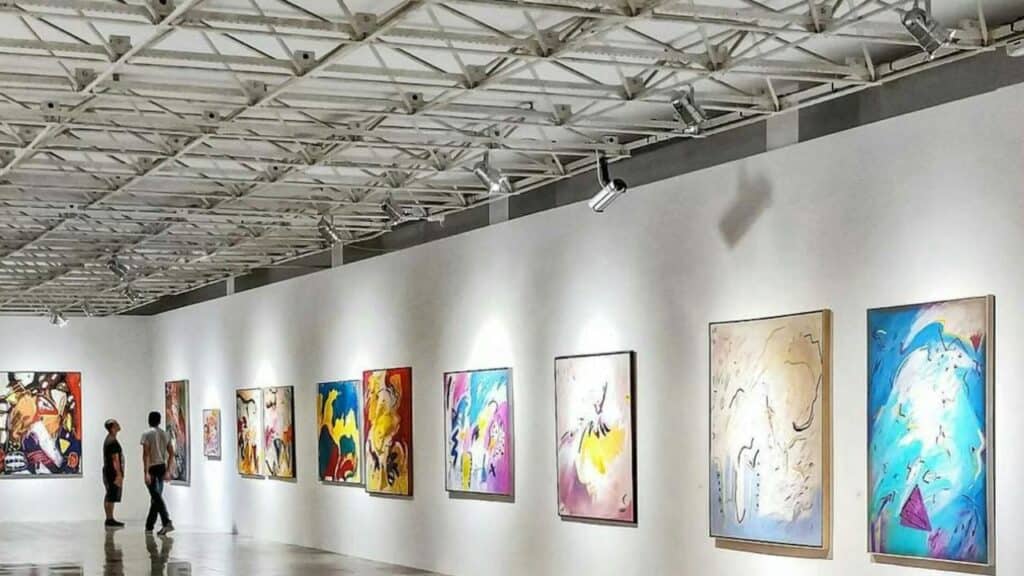
The Museum of Bad Art celebrates earnest failures that somehow loop back to delight. Housed around Greater Boston and online, it hangs paintings rescued from thrift stores and basements, each captioned with kind wit. You laugh first, then notice composition, effort, and the thin line between risk and disaster. It is a love letter to amateur creativity and the courage to try. You leave lighter, newly protective of the joyful mistakes that make art human.
Cup Noodles Museum, Yokohama, Japan
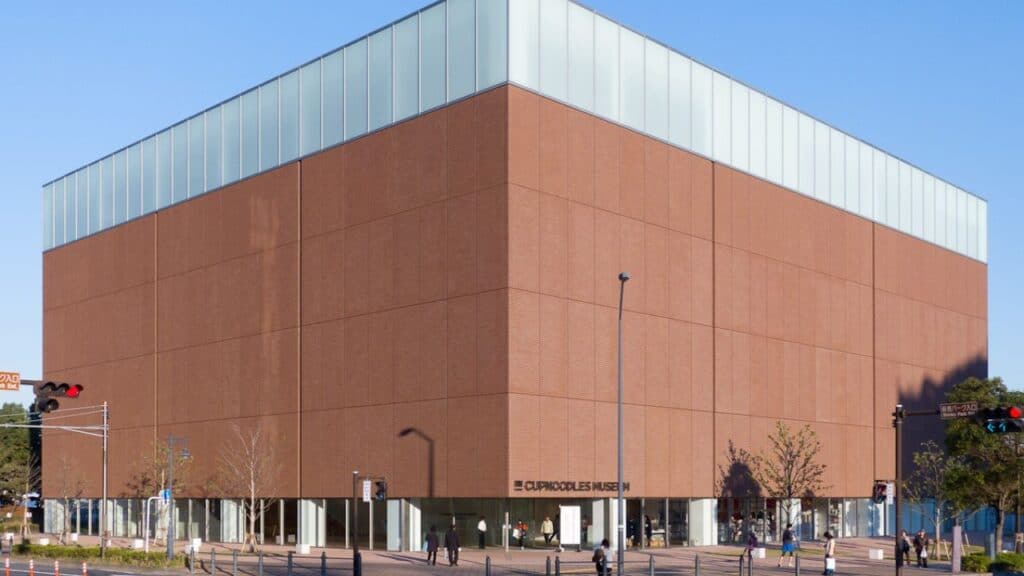
At the Cup Noodles Museum in Yokohama, instant ramen becomes a design lesson and a playground. You trace Momofuku Ando’s backyard experiments, then build your own cup with toppings and hand drawn art. Exhibits break down packaging, flavor science, and disaster relief kitchens where noodles kept people fed. It is cheerful, hands on, and strangely moving. A simple meal that traveled the world earns a spot in memory and a place on the shelf you carry home.
Dog Collar Museum, Leeds Castle, Kent, England
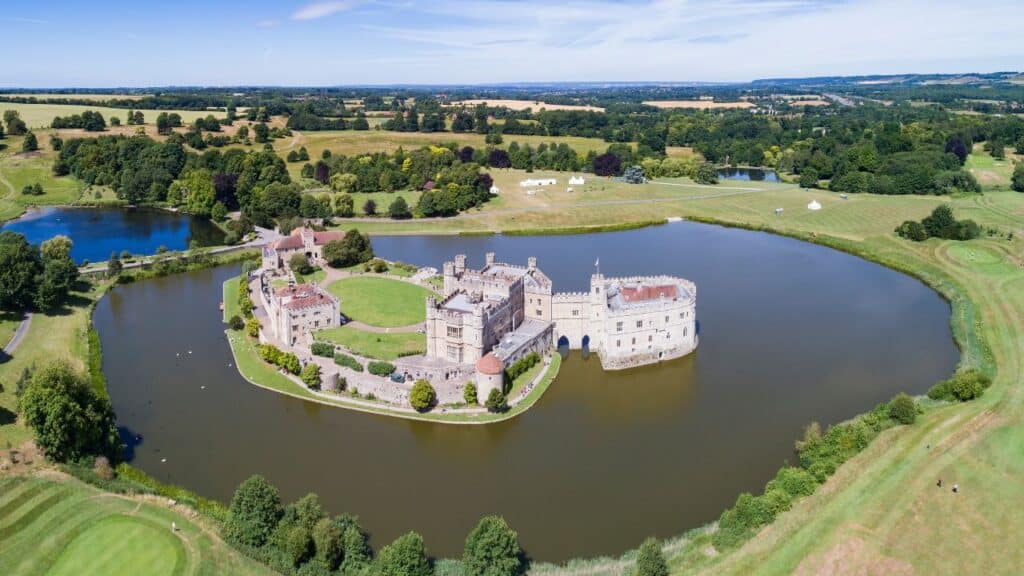
Inside England’s Leeds Castle, the Dog Collar Museum lines walls with centuries of canine fashion and protection. Spiked iron guards sit near gilt leather and velvet, each piece tagged with a date and a glimpse into how humans valued their animals. It sounds niche, and it is, but it also reads like social history in miniature. You see class, craft, and changing ideas about care in every buckle and stitch, and you leave smiling at the seriousness of love.
Paris Sewer Museum, Paris, France
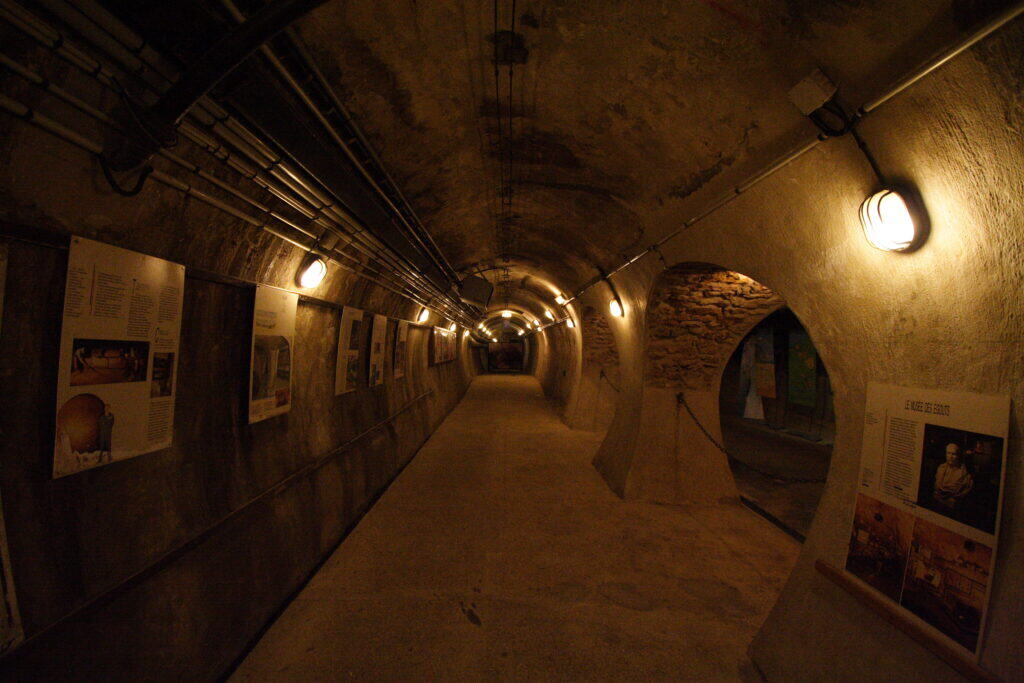
Beneath Paris, the Sewer Museum invites you into tunnels that once transformed a sick city into a safer one. You walk above channels of rushing water while exhibits explain maps, valves, and the public works that let a metropolis breathe. It smells clean, the lighting is careful, and the pride in maintenance is contagious. When you emerge into sunlight, boulevards look different. Civilization rests on systems, and here they are, humming under your shoes.
Gopher Hole Museum, Torrington, Alberta, Canada

In a tiny prairie town, the Gopher Hole Museum stages stuffed Richardson’s ground squirrels in hand built dioramas of local life. You meet gophers as firefighters, brides, and hockey stars, each scene labeled with small town humor. It began as a way to draw visitors and turned into a cult favorite. Absurdity gives way to affection as you notice the craftsmanship. You leave with a photo, a grin, and a better sense of how communities invent their own fun.
Avanos Hair Museum, Avanos, Türkiye
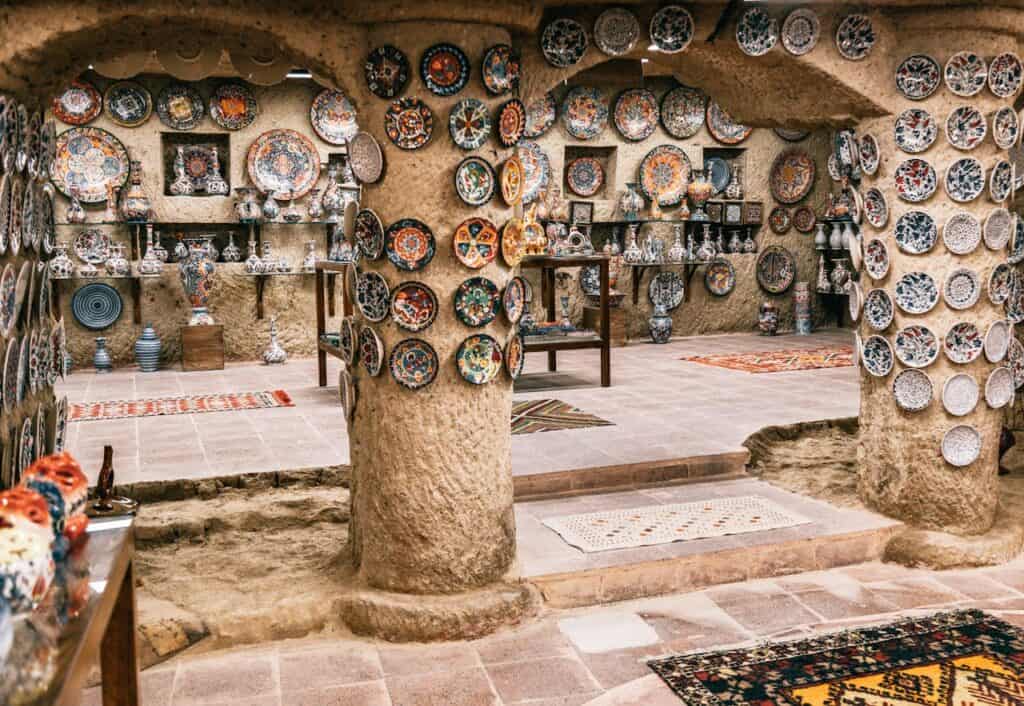
In Avanos, a cave workshop holds the Hair Museum, a warren lined with locks donated by visitors and tagged with names and addresses. It began as a potter’s keepsake and grew into a soft archive of chance meetings and friendship. The effect is eerie, tender, and unforgettable. You add your own snippet if you like, then step back into sunlit streets where pottery wheels spin and balloons rise over Cappadocia, carrying your thoughts higher than you expected.
Siriraj Medical Museum, Bangkok, Thailand
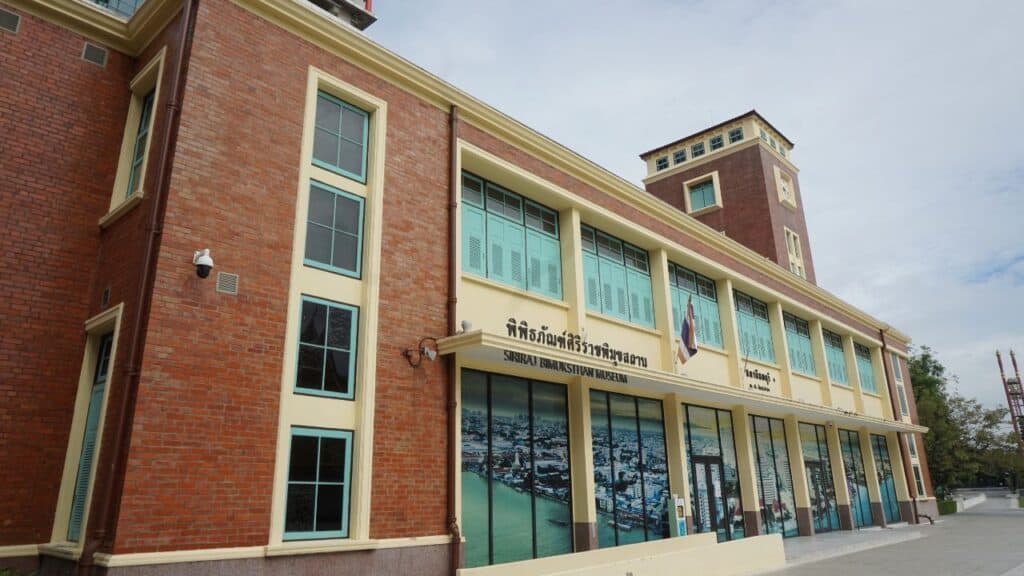
Bangkok’s Siriraj Medical Museum gathers forensic oddities and medical history with the seriousness of a teaching hospital. You move through rooms on pathology, anatomy, and crime scenes, guided by labels that focus on science over spectacle. Some exhibits are difficult, but context matters, and the curators handle it with care. You walk out more thoughtful about bodies, evidence, and the labor of caregivers who turn mystery into understanding, one careful case at a time.